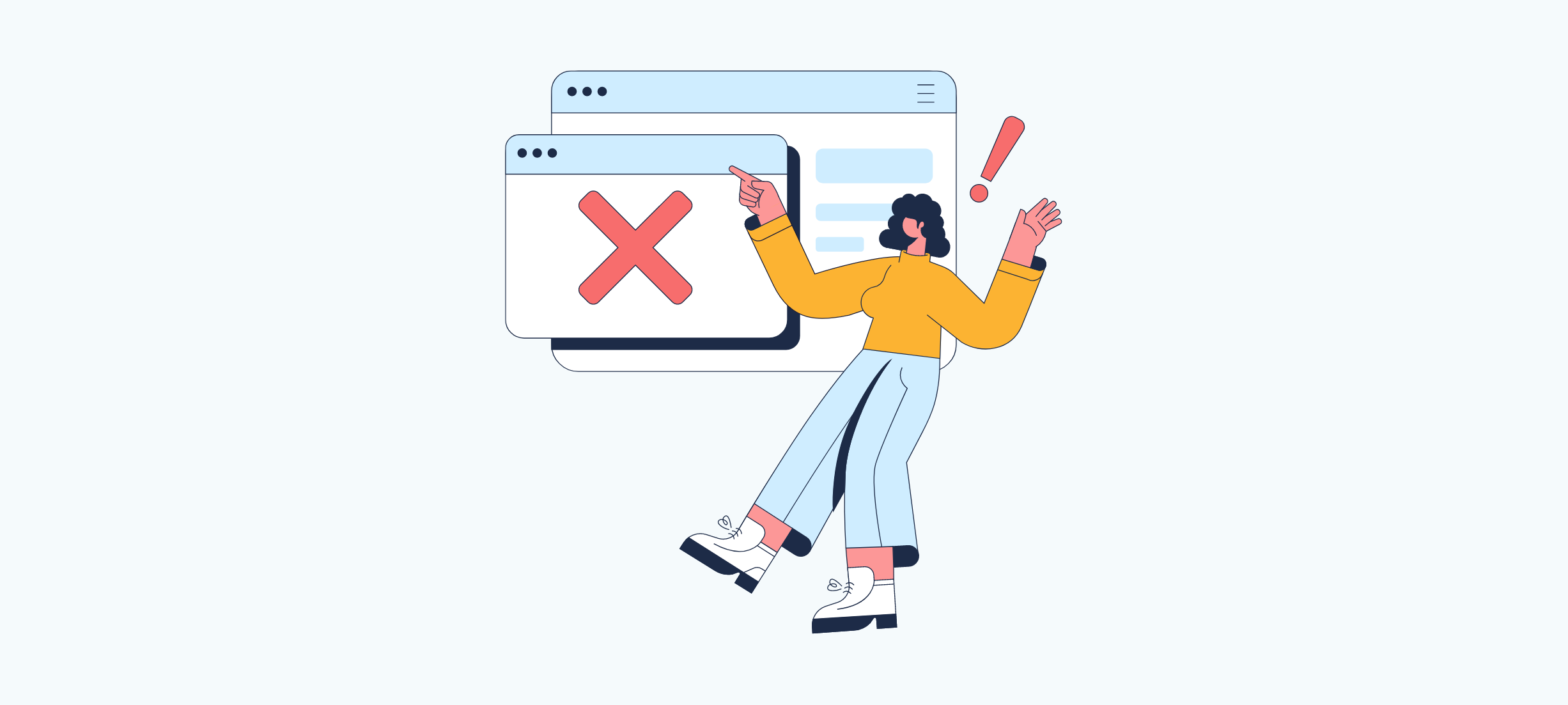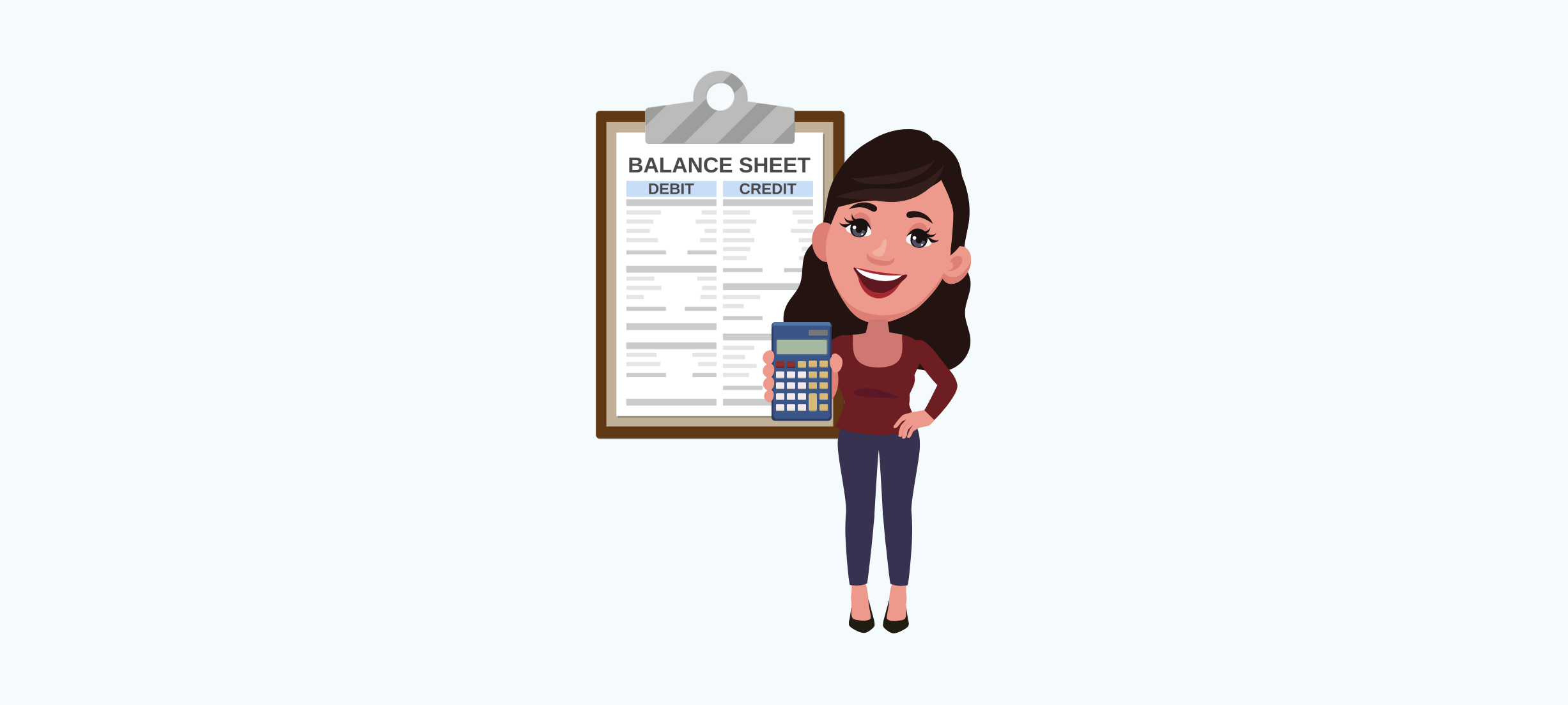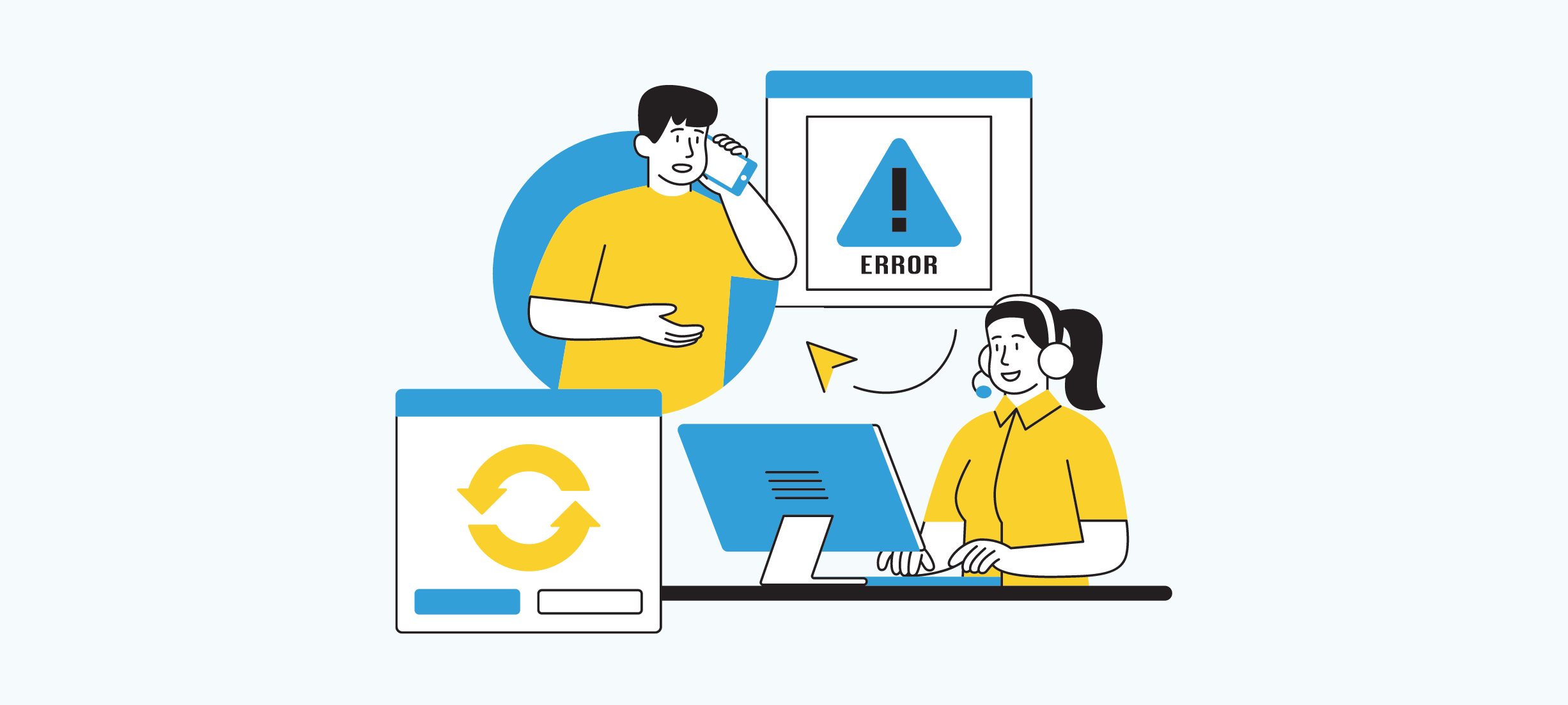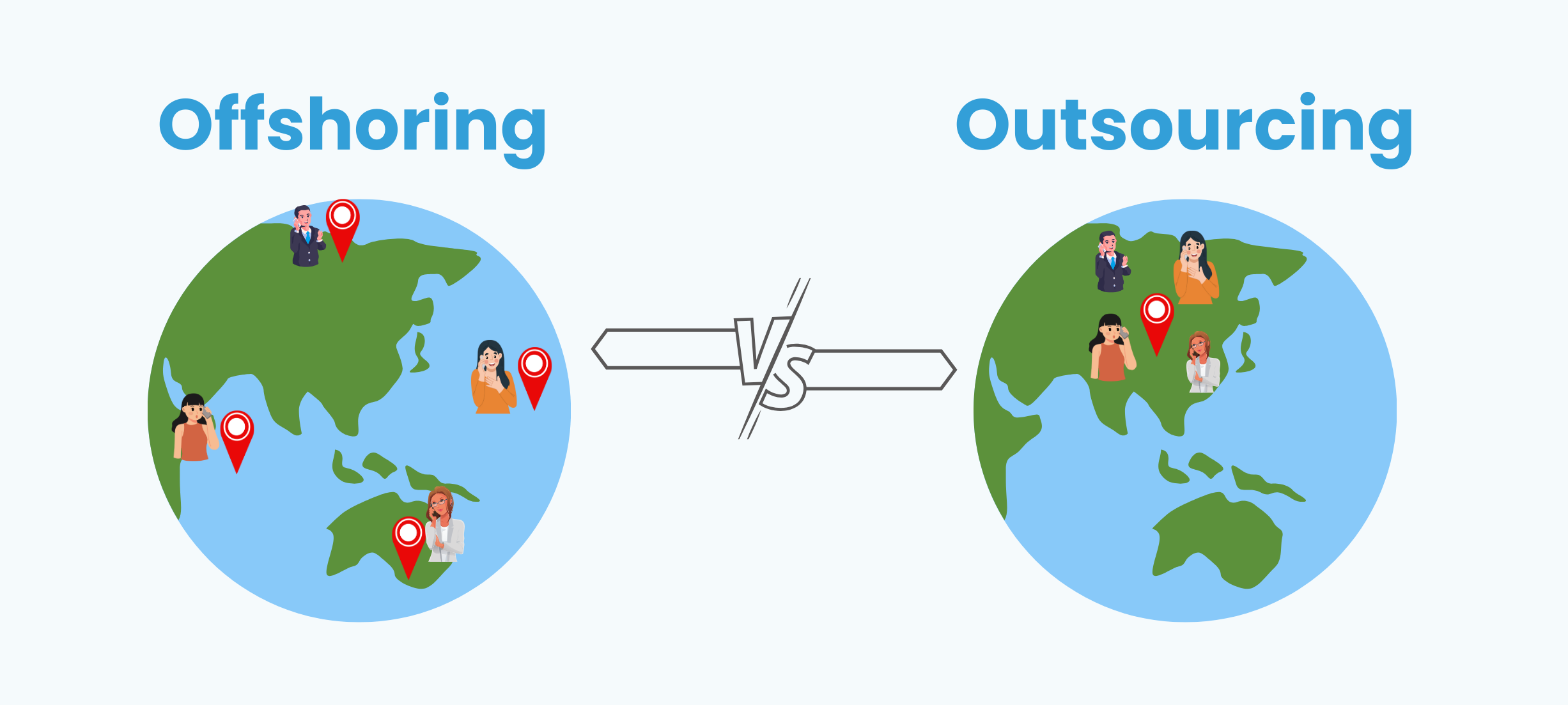Tax time is here again! But don’t worry—filing your taxes can be easy. This blog will help you file your 2024 taxes accurately and painlessly. Whether you’re great at filing taxes or it’s your first time, we’ll help you through it. Say goodbye to the stress of April 15th and get ready to claim your refund. Grab your papers, collect your documents, pause for a breath., and let’s tackle those taxes together!
Check out the 2024 tax deadlines
1. January 29, 2024
- This is the official start of the 2024 tax filing season. While you can start submitting your federal return as early as today, some forms and documents, such as W-2s and 1099s, may not be readily available until late January or early February.
2. April 15, 2024
- If you need more time to finish your tax paperwork, you can ask for an extension. This means you get an extra six months until October 15, 2024, to complete and submit your tax return. If you think you’ll owe money, estimate the amount and pay it when you request the extension form
- You can also file your tax return late without an extension. If you don’t owe any taxes or are expecting a refund, you might not have to pay a penalty for filing late. However, if you owe taxes, there could be a penalty for filing late.
- If you don’t owe taxes or are anticipating a refund, you might not face a penalty. But it’s a good idea to file as soon as possible to get your refund quickly and make sure you don’t owe anything.
3. There are four estimated tax payment deadlines throughout the year
- April 15th
- June 17th
- September 16th
- January 15th, 2025 (for the 2024 tax year)
Estimated tax stats
- 20 million+ Americans make estimated tax payments each year.
- The IRS collects more than $500 billion through estimated taxes annually.
- Missing the deadline incurs a penalty of 0.5% per month (up to 25%) on the unpaid amount. Avoid tax penalties by paying on time.
Emerging trends in tax filing
- AI-powered assistants: Chatbots and virtual assistants are increasingly aiding users, offering basic guidance and answering simple tax questions.
- Blockchain innovation: While still in its infancy, blockchain technology holds potential for secure and transparent tax recordkeeping in the future.
The hidden benefits of filing your tax return, even on a low income
Filing taxes might not be your favorite pastime, but for low-income earners, it could be a treasure trove waiting to be unlocked. Even if your income dips below the standard deduction threshold ($13,850 for single filers, $27,700 for married filing jointly in 2023), skipping the process could mean leaving significant benefits on the table. Here’s why filing is worth your time, even with a low income:
1. Reclaim your overworked withholdings
Remember those taxes deducted from your paycheck every month? They’re essentially a pre-payment on your annual tax bill. But, if your income falls below the threshold, those deductions might exceed your actual tax liability. Filing your return allows you to claim this “over-withholding” as a refund, putting those hard-earned dollars back in your pocket.
Statistics: The IRS estimates an average refund of $3,262 for the tax year 2023, and a significant portion of this comes from recovered withheld taxes.
2.The earned income Tax Credit (EITC)
This powerful credit is a game-changer for low- and moderate-income earners. If you worked in 2023 and had earned income under $63,698 (for individuals), you could be eligible for the EITC, boosting your refund dramatically.
In 2022, over 25 million Americans received the EITC, totaling $65 billion in tax breaks. The average credit was $2,879, with some families receiving up to $6,604 based on their number of qualifying children.
3. Child tax credit boost
Raising a family can be costly, and the Child Tax Credit (CTC) offers a helping hand. For each qualifying child under 17, you can receive up to $2,000, with $1,500 of that being refundable. This means even if you owe no taxes or your refund is small, you can still get up to $1,500 per child simply by filing your return.
In 2022, the CTC provided $80 billion (about $250 per person in the US) in tax relief to nearly 40 million American families.
So, remember filing your tax return isn’t just about paying your dues. It’s a potential springboard to recover overpaid taxes, claim valuable credits, and ultimately, put more money in your pocket. Don’t miss out – take the time to file, unlock the benefits, and watch your finances blossom!
Are you planning to file your taxes in 2024?
This means gathering receipts, figuring out forms, and dealing with the sometimes-confusing world of taxes. But don’t worry! In 2024, there are different ways to do your taxes. Whether you like using technology, prefer the old-fashioned way, or something in between, there’s a choice for you.
1. Digital strategists
- Free file: Embrace the digital revolution with IRS Free File, available to 70% of American taxpayers. Partnering with leading tax software companies, it offers free, user-friendly filing for returns with an adjusted gross income (AGI) of $79,000 or less.
Fresh stats for the digitally inclined
- Over 100 million taxpayers filed electronically in 2022, highlighting the growing preference for online platforms.
- Free File options alone helped Americans save an estimated $3 billion (about $9 per person in the US) in tax preparation fees in 2022.
2. Sticking to tradition: Paperwork still matters
- Pen and paper: For some, the satisfying clink of a pen against paper brings comfort. The classic 1040 form remains a viable option, especially for experienced filers with simple returns. Remember, free fillable versions are available online via the IRS website.
- Local tax preparers: Seeking a personal touch? BookkeeperLive accountants take care of the tough lifting for a very affordable price, providing knowledge and direction. This is ideal for complex situations or those wanting peace of mind.
- DIY with support: Utilize free online resources like the IRS website and community forums to get started, seeking professional help only if you get stuck. This combines cost-effectiveness with expert guidance.
Tax time tips – Finding the Perfect Tax Prep Partner
Looking for a tax pro who gets you and won’t give you tax day stress? No worries! Check out these simple tips to help you find your perfect match in the jungle of tax preparers:
- Credential check: Opt for certified expertise over uncertainties. Utilize the IRS directory to verify whether your tax preparer holds credentials such as Certified Public Accountant (CPA), Enrolled Agent (EA), or another recognized qualification. Their professional designations are a testament to their competence in the field.
- Ask around: Finding a reliable tax preparer is similar to seeking recommendations for a trustworthy service – your network holds valuable insights. Consult the Better Business Bureau for reliable information about potential tax preparers.
- Fee for feeling secure: Don’t fall for refund razzle-dazzle! Ask about fees upfront and avoid anyone promising unrealistic riches. Remember, good tax prep is priceless, but it shouldn’t cost a fortune.
- Beyond April 15th: Think beyond just filing! Make sure your tax professional will be around later if you have questions or need a helping hand navigating that post-tax season audit maze.
- Your Docs, Your Rules: Those W-2s are your precious nuggets, not the preparer’s! They can’t hold your documents hostage or force you to use their services. Copies of their records and originals stay with you.
- Sign Me Up (But Verify First): Before hitting submit, make sure your preparer signs the return and includes their PTIN – it’s like their tax prep fingerprint! No PTIN, no dice.
Remember, finding the perfect tax preparer is about trust, qualifications, and clear communication. Choose wisely, and you’ll be cruising towards a smooth tax season with a smile (and maybe even a bigger refund)!
Understand refund anticipation checks and refund advance loans
Refund anticipation check (RAC)
If you hire a tax preparer who charges a fee, and you don’t have the money for their fees, they might suggest something called a refund anticipation check (RAC). With a RAC, you can use your refund to pay the tax preparer’s fee instead of paying it upfront. But keep in mind, when you get your refund, the preparer will take out the RAC fee, filing fee, and any other charges they add. It’s important to know that a RAC doesn’t speed up the process of getting your refund.
RAC fees typically range from $30 to $50
Refund Advance Loan (RAL)
Some tax preparers who charge a fee might suggest something called a refund advance loan (RAL), also known as a “tax refund advance.” This means you can get some of the money you expect to get in your tax refund before it arrives. If you choose to get an advance, the tax preparer lends you money upfront. Once the IRS sends your refund to the tax preparer, you get the rest of the money, but they take out the RAL fee and any other charges they add. The RAL amount is usually a part of your estimated tax refund.
Different tax preparation companies have different rules. Some may offer RALs without fees or interest, while others might charge fees and interest.
It’s important to know that when you file your taxes online, the IRS often sends refunds in less than 21 days (about 3 weeks). So, paying a big RAL fee for a short-term advance might not be the best idea.
Just like with any money-related service, carefully look at all the fees and charges, and think about the timing to make a smart decision that works best for your situation.
Get your tax refund fast and securely
If you think you’re getting money back on your taxes, here are some things to consider before you submit your tax return:
- The fastest way to receive your refund is by filing electronically and choosing direct deposit. With direct deposit, the IRS usually sends refunds within 21 days. If you opt for a paper check, it may take much longer, around 4 to 6 weeks according to the IRS.
- If you have a bank or credit union account, make sure you have your account and routing number ready when filing your tax return. Provide this information on the tax form, and the IRS will deposit the funds directly into your account.
- If you use a prepaid card that accepts direct deposit, you can also get your refund on the card. Check with your prepaid card provider to find out the routing and account number for the card before filing your return.
- Consider opening a bank account or getting a prepaid card if you don’t have one. Many banks and credit unions offer accounts with low or no monthly fees, especially if you have direct deposit or maintain a minimum balance. These accounts may also provide free access to in-network ATMs. You can usually open these accounts online.
- Check the fees associated with prepaid cards if a tax preparer suggests receiving your refund on one. Different providers have different fees, especially for using ATMs outside their network. Ensure the network is convenient for you before deciding.
Avoid tax scams 2024
Scammers love tax season. Be wary of:-
- Phishing emails and phone calls: Never click on suspicious links or reveal personal information over the phone.
- Offers of “free money” in exchange for your tax information: Legitimate refunds don’t require upfront fees.
- Threats of immediate legal action: The IRS will typically send multiple notices before taking legal steps.
The IRS won’t contact you through email, text messages, or social media to ask for your personal or financial information. Familiarize yourself with the signs of scams, and be sure you can identify whether it’s an genuine IRS contact if they call or visit you.
Conclusion
As the tax season approaches, being prepared to file your 2024 taxes before the April 15th deadline is crucial. This guide has provided you with valuable insights and tips to navigate the process with confidence. Remember, filing electronically and opting for direct deposit are key steps to ensure a swift and hassle-free refund.
How can BookkeeperLive help you?
To make your tax filing even smoother, consider leveraging the services of BookkeeperLive. Our services is designed to simplify the tax preparation process, providing you with professional assistance every step of the way. With BookkeeperLive, you can experience efficient, accurate, and stress-free tax filing.
Free trial offer
Curious to explore how BookkeeperLive can streamline your tax filing experience? Take advantage of our free trial service to witness firsthand the benefits of our accounting and tax preparation service. Sign up today and discover a smarter way to manage your taxes.
FAQs
1. Who needs to file a tax return?
Generally, you need to file if you earned more than the standard deduction for your filing status ($13,850 for single filers and $27,700 for married filing jointly in 2023). However, even if you didn’t earn enough to meet the threshold, filing might be worth it to claim credits like the Earned Income Tax Credit or Child Tax Credit.
2. Can I file my taxes for free?
Absolutely! Did you know the IRS Free File program offers free online tax preparation and filing for those with an Adjusted Gross Income (AGI) of $73,000 or less? While doing taxes on your own can be daunting and risky, we’ve got your back. Contact us at support@bookkeeprlive.com, and the best part? You can try ours free trial!
3. What deductions and credits can I claim?
The list of potential deductions and credits is vast and ever-changing, so it’s best to consult the IRS website or a tax professional for the latest information. Common deductions include student loan interest, mortgage interest, and charitable donations. Credits, which directly reduce your tax liability, include the Earned Income Tax Credit, Child Tax Credit, and education credits.
4. What happens if I owe taxes?
Don’t panic! If you owe taxes, you have several options. You can pay the full amount when you file your return, set up a payment plan with the IRS, or file for an extension and make estimated payments throughout the year.
5. What should I do if I need help filing my taxes?
If you’re feeling overwhelmed by the process, there are plenty of resources available to help. You can use the IRS website for tips and forms, consult a tax professional.








